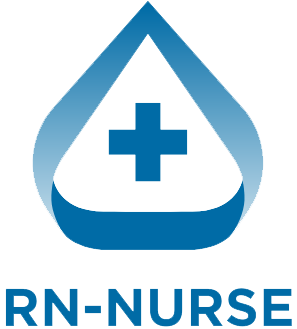Lactic acidosis happens when too much lactic acid builds up in the blood. It’s common in very sick patients, especially in the ICU. It can be dangerous and may lead to serious problems if not treated quickly.
This article will explain:
- What lactic acidosis is
- Why it happens
- How to check for it
- What nurses can do to help
What Is Lactic Acidosis?
Lactic acid is made when the body doesn’t get enough oxygen. Without oxygen, the body makes energy in a different way, which produces more lactic acid.
When too much builds up, it can make the blood too acidic. This can harm organs like the heart, liver, or kidneys.
What Causes It in Critical Care?
Here are common reasons patients in the ICU may develop lactic acidosis:
- Sepsis – a serious infection that lowers blood flow
- Shock – not enough blood gets to the organs
- Low oxygen – the lungs aren’t giving enough oxygen to the blood
- Liver failure – the liver can’t remove extra lactic acid
- Blood loss or anemia – less oxygen in the body
- Certain medicines or poisons – like metformin or cyanide
Signs and Symptoms
Nurses should look for these warning signs:
- Fast breathing
- Weak or low blood pressure
- Cold hands and feet
- Confusion or drowsiness
- Fast heart rate
- Lab results showing high lactate levels
What Are Normal Lactate Levels?
Lactate is measured with a blood test.
- Normal level: 0.5 to 2.2 mmol/L
- Concerning level: 4 mmol/L or higher
The higher the number, the more serious the condition. Nurses should act fast when levels rise.
Why Checking Lactate Matters
In the ICU, checking lactate helps nurses and doctors:
- See how sick the patient is
- Track how well treatment is working
- Decide if more fluids, oxygen, or medicine are needed
- Prevent organ damage
How to Monitor Lactate Levels
- Blood test – usually taken from a vein or artery
- Repeat tests – may be done every few hours to check changes
- Point-of-care tools – some hospitals use bedside machines for quick results
Nursing Role in Managing Lactic Acidosis
Nurses play a big role in catching and treating lactic acidosis early. Here’s what you can do:
- Take vital signs – watch for changes in heart rate, blood pressure, and breathing
- Get blood samples – send them quickly for lactate testing
- Give IV fluids or oxygen – as ordered
- Help manage medications – like vasopressors or antibiotics
- Check patient’s condition often – and tell the doctor if anything changes
- Work with the team – to give the best care
Treatment for Lactic Acidosis
Treatment depends on the cause. Common treatments include:
- Fluids – to improve blood flow
- Oxygen – for better breathing
- Vasopressors – to raise blood pressure
- Antibiotics – if an infection is present
- Stop harmful drugs – like metformin if needed
- Support organs – like dialysis for kidney failure
How to Prevent It
- Act fast when a patient is getting worse
- Start sepsis protocols early
- Give oxygen and fluids as needed
- Watch patients closely and speak up about changes
Final Thoughts
Lactic acidosis in critical care can be deadly, but nurses can make a big difference. By knowing the signs, checking lactate levels, and acting fast, you can help save lives. Teamwork, communication, and quick action are key.

